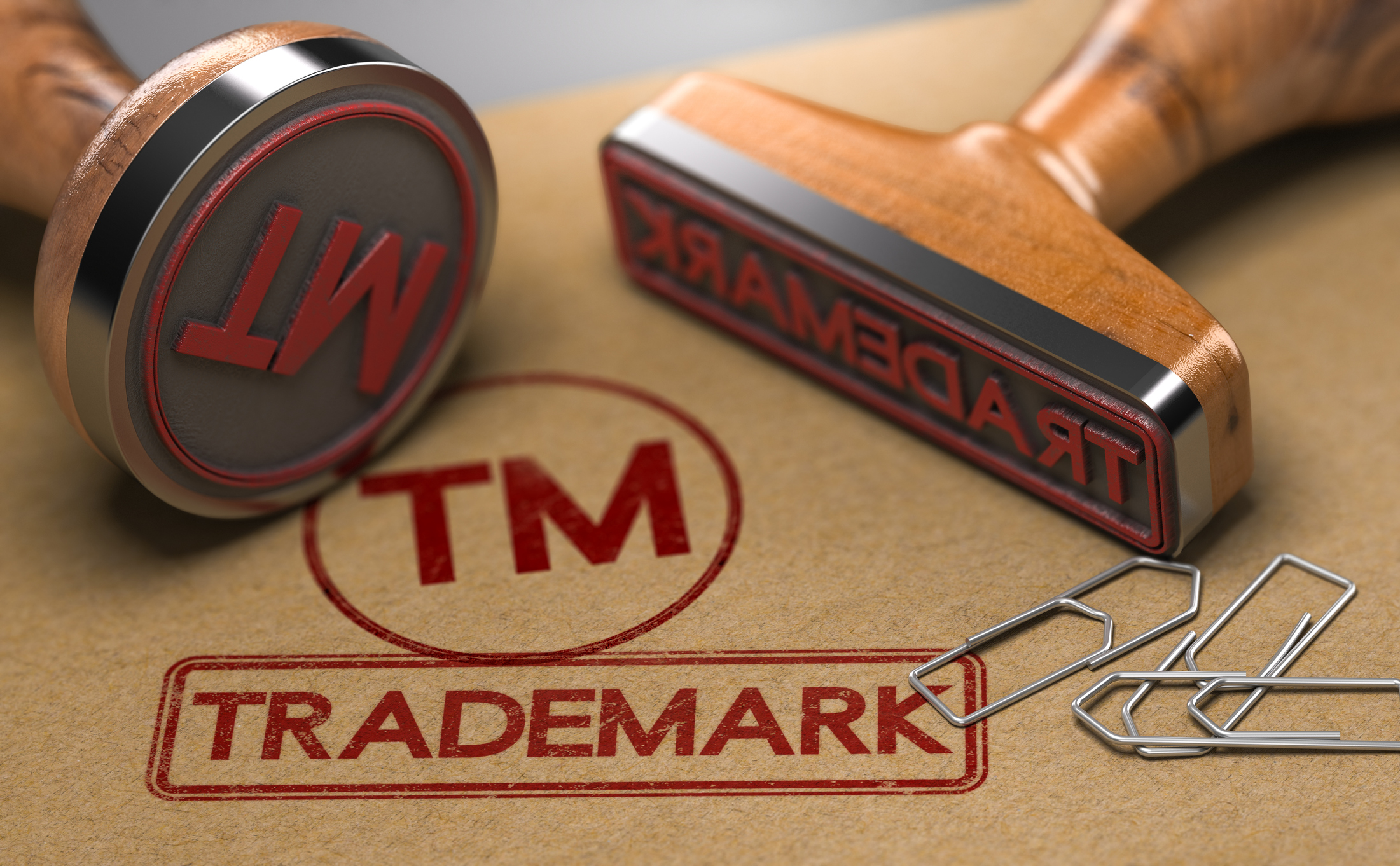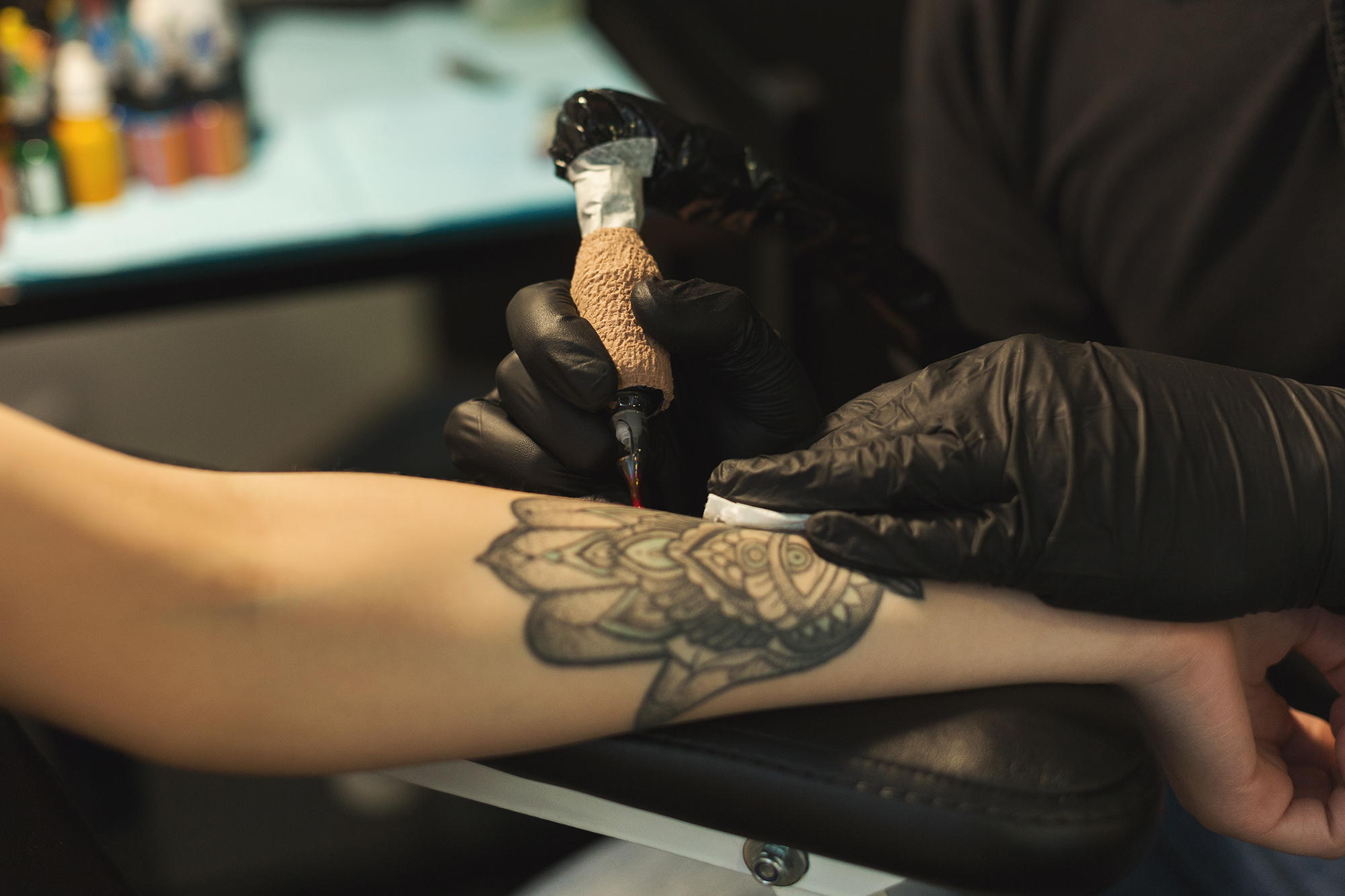
To Register or Not to Register: The Benefits and Limitations of a Trademark Registration
The moment you begin using your trademark in U.S. commerce (for example, with the sale or exchange of your goods and/or services), you establish what is called “common law” trademark protection. While you have certain rights in your trademark upon use, there are various limitations to common law rights and






